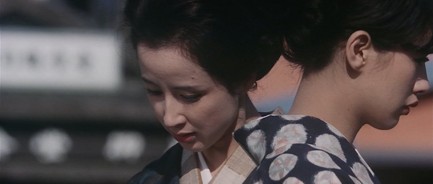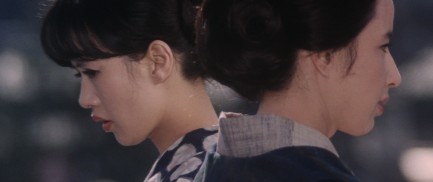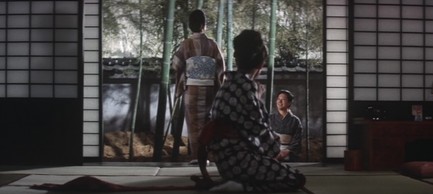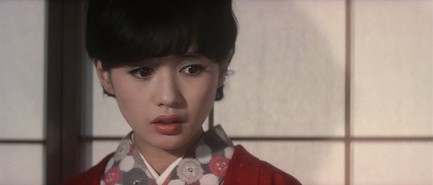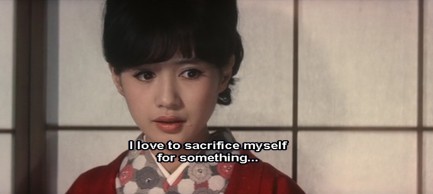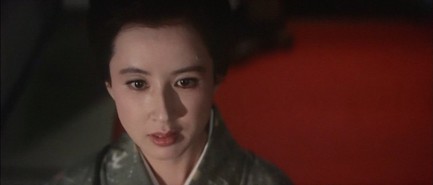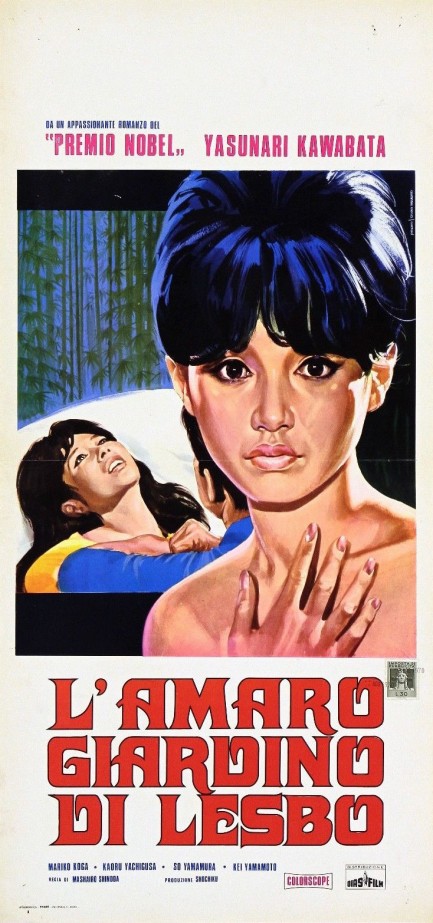| Vintage Pulp | Dec 23 2021 |

Anything could happen there and it usually did.
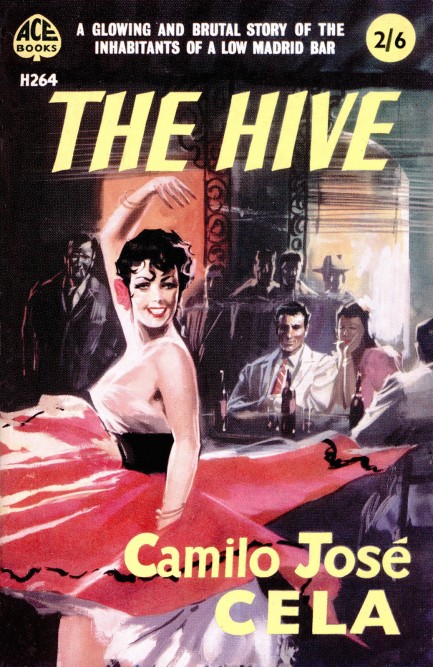
We're drawn to books about places we know, so Camilo José Cela's The Hive was a natural. Originally published in 1950 and titled La colmena, the tale is largely set in a Madrid bar known as Doña Rosa's Café. There are also scenes set in apartments, streets, and other cafés, as Cela explores the lives of more than three-hundred characters in brief sketches, slowly weaving these warp and weft strands into a tapestry that ultimately represents a single character—Madrid circa 1943. Maybe that doesn't sound thrilling, but we liked it. Cela was economical yet vivid, like here, at closing time for the café:
Within half an hour the café will be empty. It will be like a man who has suddenly lost his memory.
And here, about a boy who survives by singing on the street:
He is too young in years for cynicism—or resignation—to have slashed its mark across his face, and therefore it has a beautiful, candid stupidity, the expression of one who understands nothing of anything that happens. For [him] everything that happens is a miracle: he was born by a miracle, he eats by a miracle, has lived by a miracle, and has the strength to sing by pure miracle.
Cela was a fascist, a supporter of Francisco Franco's dictatorship. His beliefs came with contradictions, for example he worked as a censor for the government, was himself banned so that The Hive had to be published first in Argentina, yet remained loyal to the regime that had financially and reputationally harmed him. He even became an informer. In Cela's writing there's humor, but also coldness, a sense of observing small and pathetic people. For someone born into material comfort in a Spain where many families retain unearned wealth for hundreds of years, his subtle judgements came across to us as cruel, the product of a person who looked closely at everyone but himself. The book isn't overtly political, though, which makes it easier to focus on the skill that eventually won him a Nobel Prize.
The edition you see here is from Ace Books in 1959 with an uncredited cover. We went back and forth on this artist. We want to say it's Sandro Symeoni, but we don't have enough cred to make that call definitively. It looks like some of the items he painted, but publishing companies sometimes sought art of similar styles, or directed illustrators to produce something similar to what another artist had provided. During the late 1950s and early ’60s Ace Books had many covers in this general style. That said, compare the close-ups below. The first is from the above cover, and the rest are from confirmed Symeonis. If The Hive wasn't painted by the same person, then whoever did paint it went beyond merely working in a similar style—he was a thief.
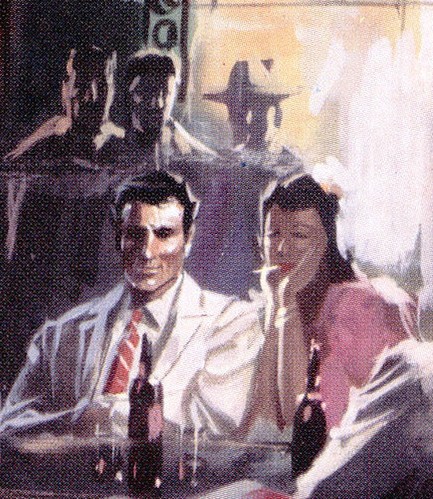
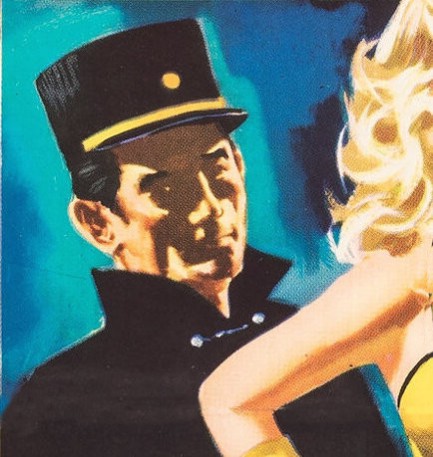
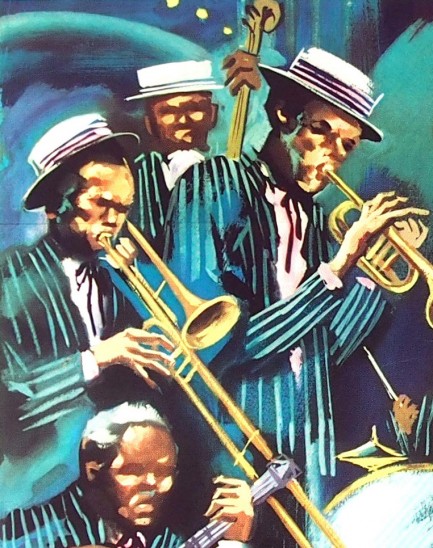
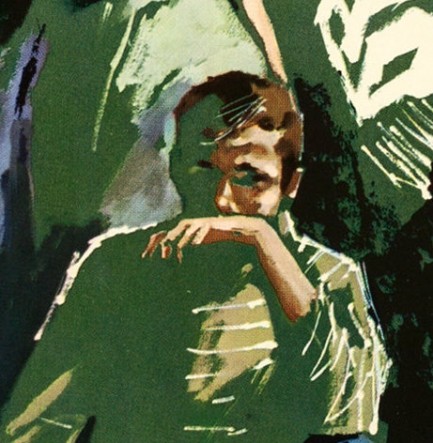
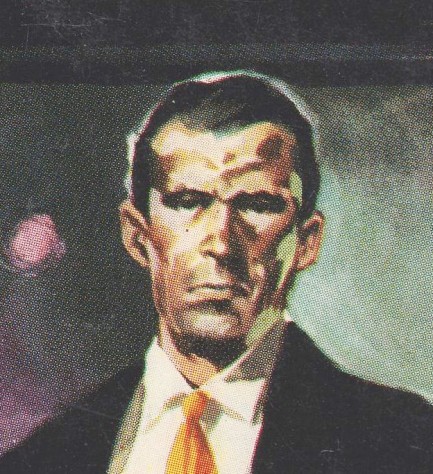
| Vintage Pulp | Sep 5 2018 |

First you scheme, then you lie, then you seduce.
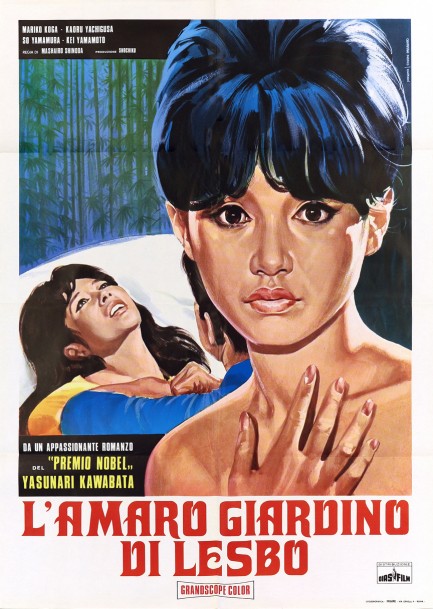
Usually it was Japanese distributors that made amazing new versions of Western posters, but today it's happened in reverse. L'amaro giardino di Lesbo was originally made in Japan and called Utsukushisa to kanashimi to, which translates as “with beauty and sorrow.” It was based on a 1964 novel by Nobel-winning author Yasunari Kawabata, and stars Kaoru Yachigusa, So Yamamura, and the beautiful Mariko Kaga, whose likeness fronts the promo art. We watched it and the story is basically that two lovers lose their baby via miscarriage and split up because of it. The man, whose name is Toshio, gets over it and moves on with life, but his ex, Otoko, is deeply traumatized.
Years later the two meet again. Toshio is married and has a son. Otoko has a female partner named Keiko, and when Keiko meets the man who is intimately connected to her lover's tragedy, she decides to seduce him, have his baby, and give it to Otoko. Yeah. Pretty out there, but Japanese filmmakers specialize in these kinds of crazy ruminations. Does Keiko succeed in her plan? Well, male resistance is never high, but when a woman says things like, “Don't touch my right breast because that one's not for you,” even the horniest man will get weirded out. We won't tell you more, except that the movie is decently made and effective. It premiered in Japan in 1965 and reached Italy today in 1969.
